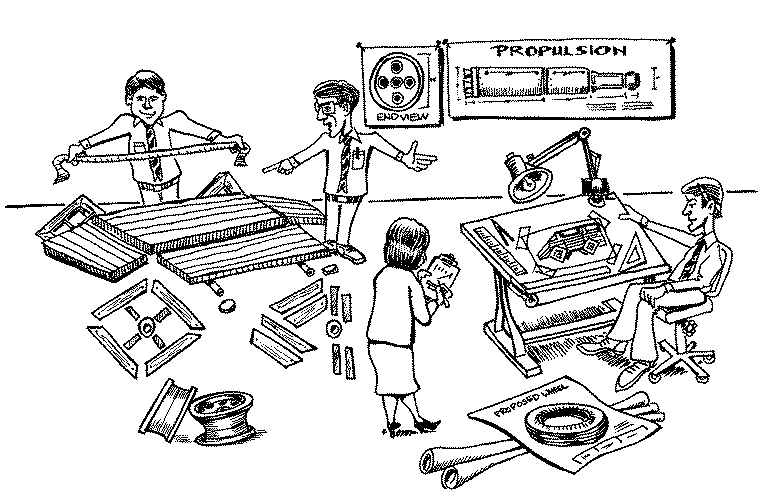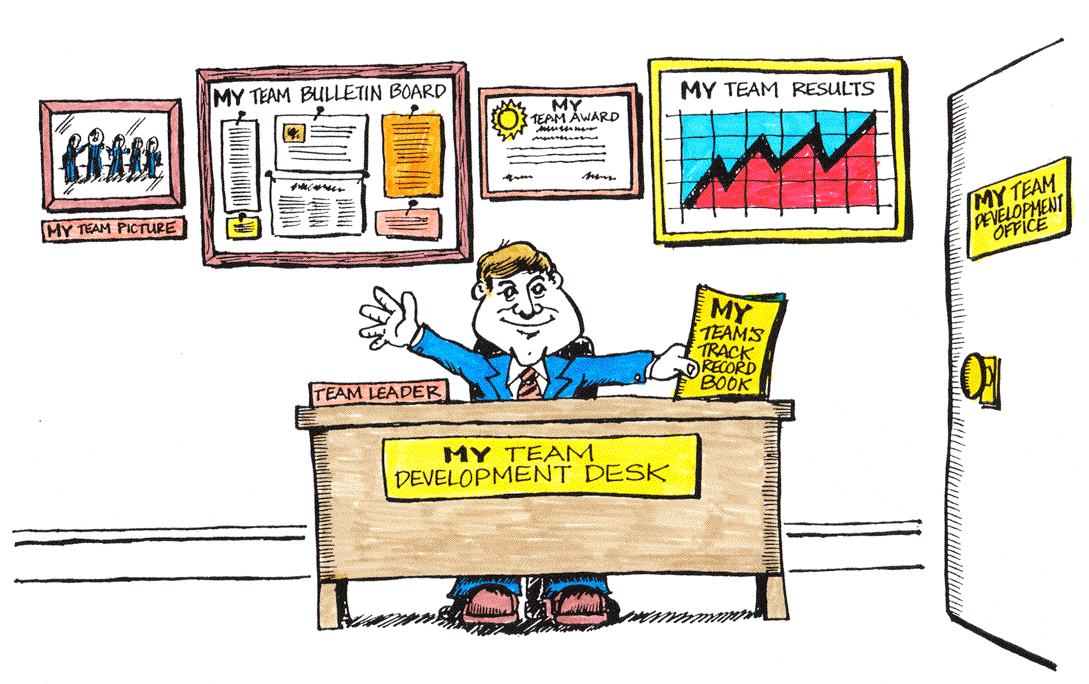[cherry_row type=”full-width” bg_type=”none” bg_position=”center” bg_repeat=”no-repeat” bg_attachment=”scroll” bg_size=”auto” parallax_speed=”1.5″ parallax_invert=”no” min_height=”300″ speed=”1.5″ invert=”no”]
[cherry_col size_md=”12″ size_xs=”none” size_sm=”none” size_lg=”none” offset_xs=”none” offset_sm=”none” offset_md=”none” offset_lg=”none” pull_xs=”none” pull_sm=”none” pull_md=”none” pull_lg=”none” push_xs=”none” push_sm=”none” push_md=”none” push_lg=”none” collapse=”no” bg_type=”none” bg_position=”center” bg_repeat=”no-repeat” bg_attachment=”scroll” bg_size=”auto”]
[mp_code]
This is an article by Dr. Scott Simmerman that appears in HR Management Magazine, July, 2009
We focus on the theme of inter-organizational alliances and collaboration between naturally competing workgroups as a means of impacting profitability and improving innovation. Competition is a motivating factor in most organizations and is a good energizer until the competition begins to sub-optimize performance. Similarly, teamwork within an organization is good, until it slows or stops collaboration between different teams. We also know that most individuals and most teams do not take advantage of the support that already exists in organizations. Some thoughts on using The Search for The Lost Dutchman’s Gold Mine to engage and enlist people to choose to form alliances and improve performance are discussed.
Have you ever thought of “Interdepartmental Collaboration” as an oxymoron—a figure of speech that combines two seemingly contradictory words? Well, in today’s challenging environment, a more pragmatic way to consider these words would be as the basis for a new organizational improvement alliance that will bring about increased performance. Make Interdepartmental Collaboration work to improve profitability.
How so? Aligning teams of people to work cross-functionally on shared goals and providing them with direction, information, support and resources is powerful stuff as we climb out of this recession and attempt to help organizations gain market share. Teamwork impacts innovation, quality, service, productivity, motivation and performance as well as the retention of customers and employees. Optimizing organizational effectiveness generates profitability. Getting your teams to work together across departments will multiply positive financial outcomes. So, how do we re-energize and re- focus? Here are some actionable ideas.
In most organizations, the executives pull pretty well together and surveys show that people in most of these groups are satisfied with how difficulties are addressed, especially within operational units. Today’s organizational complexities, however, generally mean that only people working together across departments will generate favorable results on critical improvement issues such as cost reduction or profit improvement. Most organizations have maxed-out on gains to be made within departments but creating an alliance through inter-departmental collaboration offers great leverage on results.
There are a number of issues that must be addressed in order to promote such alliances. Few managers can effectively influence workgroups other than their own and more senior managers are often too distant to provide real support. Even the best leaders are often ineffective because of limited impact on these “foreign” work groups. Normal complexity makes it very difficult for even highly effective individuals to motivate and successfully implement multi-functional improvements – this really takes cross- functional teamwork, perspective, alignment, collective support and effective alliances.

Working together to put new ideas into place and test how things really work. All of us know more than any of us. Analyze, step back and look for alternatives. Don’t just do something, stand there! Take a cross-functional view and look for new ideas and opportunities.
There are compelling reasons to use teams to implement improvements but one cannot ignore the historic structural competition between groups. Oftentimes, each workgroup has non-aligned performance measures, different goals and varied expectations and management is not actively directing performance toward shared expectations, goals and objectives.
While attainable departmental goals and measures are important for performance and motivation, they create a paradox. Taking a minute to look at the illustration below, what do you see in it that is good? And what problems might arise from it?

We call this, “My Team, My Team, My Team.” The good news is that focus and teamwork are improving results. The downside occurs when the group now needs to collaborate instead of competing against others. This competition is one of the main issues in trying to generate “interdepartmental collaboration.” Competition against others is often used to motivate – but the cultural impact of competition is that it makes collaboration more difficult to achieve. We must have more balance.
Externally Focused Teams
Ancona and Bresman’s X-Teams book (2007) offers some excellent insights into why some teams perform at very high levels and why others fail to generate desired results. Essentially, the authors believe that teams that focus more externally get better and faster information and operate more effectively than internally focused teams, a belief that is at odds with how most workgroups are trained, managed and supported.
The book offers many examples of performance results tied to structural and organizational issues. A refocusing of effort of the team members to a more collaborative and broader organizational focus will deliver bigger impacts. But this does not happen naturally.
Simply stated, the “X” in the X-team concept means being externally oriented, with people working both inside and outside the boundaries. “While managing internally is necessary, it is managing externally that enables teams to lead, innovate, and succeed in a rapidly changing environment.” This is the differentiating driving force for maximum success. Teams working in alliances can focus on highly leveraged and more profitable overall outcomes. Interdepartmental collaboration and engagement also improve motivation and communications, which has significant positive impacts on employee retention and growth.
An X-team finds it necessary to go outside the team to create effective goals, plans and designs. They must have high levels of such external focus as opposed to an internal focus on people and processes. A narrowly focused team will find it working on outputs that may not be as relevant or impactful for the organization over time. So, X-teams combine productive external activity with execution within the team, developing processes that enable a high degree of coordination and implementation.
Continued top-level support and feedback, with active engagement, was another success factor, as was flexibility of perspective. Business situations shift and the team needs to change focus seamlessly and quickly to optimize effectiveness, something not common with internally focused teams who never saw the writing on the wall. So, a major quality of the X- teams was their flexibility in approach, engagement in exploration, exploitation of talents and information, and exportation in transferring their learning and experiences to other teams. (Yes, the authors did get crazy with their Xs!).
Together, the elements of external focus and activity, execution and flexibility form the principles by which inter-organizational teams guide themselves. A significant amount of autonomy in approaching and attaining their desired outcomes is necessary. The key here is recognizing that the continued external focus and exploration of the environment were important for the teams to adjust and succeed. And, these are not normal behaviors for most teams in most organizations.
Three “X-factors” provide the structure and support teams need to operate effectively. These include extensive ties to useful outsiders, expandable resources of people and information (involved as needed by the core team) and exchangeable membership–the ability to add new people who come into and who leave the team as warranted by the situation. Effective teams were externally focused operational groups who worked together across boundaries and who found access to the people and resources they needed to be successful.
Fostering the Collaboration Alliance
No real surprises here, but organizations do have a tough time actually implementing and energizing these collaborative alliances. So, what do you do? How does an organization deal with these issues to create improvement opportunities, generate engagement and implement change? A first step is to create awareness by giving teams a chance to discuss and focus on strategies and tactics for focusing more externally. Simply talking about these issues will not work — a more experiential, active-learning approach of involvement offers more impact.
My personal belief is that behavior-based interactive team building exercises are an effective solution if they offer leverage into generating behaviors that can be discussed in workshop settings so that alternatives can be defined and agreed upon. We need to allow people to generate different perspectives than their workplace, produce more “requisite variety” in their choices, and thus make better choices about what could be done differently. With greater awareness of possibilities, people will choose from better alternative solutions. Until they realize how their behavior sub- optimizes organizational results, there is little motivation to change from existing practices. Lastly, the ideas need to be “their ideas” and not simply forced on them by others (a practice sure to generate some level of resistance). After all, we must remember that:
“Nobody ever washes a rental car.”
We must generate ownership and active involvement to get people to want to implement new ideas and solutions.
One effective exercise geared towards building inter-organizational alliances is The Search for The Lost Dutchman’s Gold Mine. This simulation engages people in a gold mining challenge and allows each table to put together a plan. In Dutchman, the Expedition Leader charters each team with the goal of managing limited resources to, “Mine as much Gold as we can.” Teams are given a clear goal with a measurable outcome and a deadline for getting this project accomplished. Each team makes a variety of choices and must analyze options to properly manage its resources.
Teams can choose to access additional information and doing so causes changes in their initial strategy and improves final outcomes. We generally find, however, that the impetus toward immediate action outweighs the perceived cost of gathering this information. And while teams can talk to others, they tend to isolate themselves. Teams that choose to get additional information also sometimes choose not to share it freely, keeping those resources for their own competitive advantage. This is the same type of behavior that people tell us happens in their own organizations.
For the exercise, the focus is on the optimization of results and the leverage comes from interdepartmental collaboration and sharing resources; for the players, the motivation comes from competition and the focus in on their own group winning. In their desire to be successful, the teams make choices that measurably sub-optimize overall results, missing the overall goals in this rush for gold.
Distributed leadership among the participants also requires additional dialog and possible realignment when outsiders bring in new information that needs to be included into the plan of action. This information is also often in conflict with what the team already knows and has chosen to do. Thus, at least in the game, there is an attempt to reject that information even when it can add great value to the project.
Good teams will sub-optimize results when they are not aware of all the information available and when they reject available support offered by outsiders to their team, be that other teams or even leadership. And, “My Team, My Team, My Team” is a powerful motivator of peer support, teamwork, good performance and member camaraderie, but it is not the strategy that high-performing teams need to use to optimize results and is a behavior at odds with the X-Teams findings of continually looking outside the team for information and resources.
In any improvement initiative, participants should view leadership as supportive but this is often not the case because of trust and other issues. In Dutchman, “The role of the Expedition Leader is to help teams be successful and maximize ROI” (return on investment). Leadership is there to help, but support is not often requested and is sometimes even rejected when offered. So, even though support people can provide additional perspective as well as other resources of information and value, teams seem to generally want to avoid any semblance of “Command and Control” from the outside of the group.
This tendency to not include those with better perspective or even additional resources or information is shortsighted, but natural. Only by understanding the motivation and addressing its negative impacts can a team see the need to change that behavior.
These kinds of activities that generate a fun and fast-paced learning environment will allow direct linkage of game behaviors back to the critical issue of optimizing inter-organizational results. Fun and involvement are important aspects of change and choice and linking actual game behavior to desired organizational outcomes can be straightforward.
It is an issue of shared missions and community goals – the focus must be on the Big Picture and the contribution of individuals and teams to the overall organization rather than their focus on simply succeeding in a more circumcised and limited way. Interdepartmental collaboration is possible, especially when an organization is willing to invest in the value of teaching teams and individuals that the real oxymoron would be “competitive advantage!”
For the FUN of It!

Managing Partner
Performance Management Company
[/mp_code]
[/cherry_col]
[/cherry_row]





